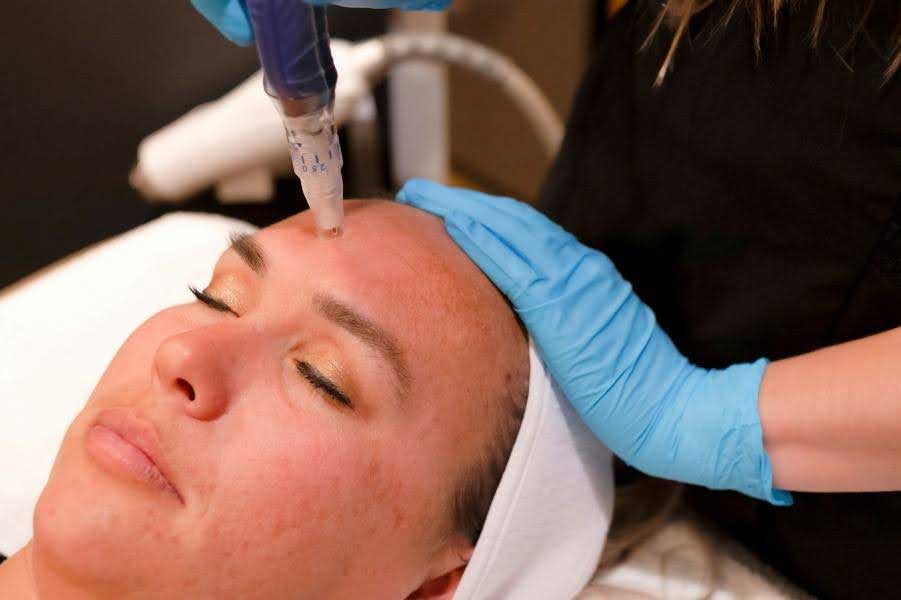
The Aesthetic Magic of Botox Cosmetic: More than Just Wrinkle Relaxing
Hello beauty enthusiasts!
Welcome back to our blog, where we delve into the world of aesthetics and wellness to bring you insights into the latest and most effective beauty treatments. Today, we’re spotlighting Botox Cosmetic, a tool that has revolutionized the cosmetic industry with its surprising versatility and effectiveness. Since 2004, Botox Cosmetic has been the #1 treatment for our patients, from Hood River to The Dalles, Stevenson to White Salmon, and Bingen to Goldendale.
Many associate Botox Cosmetic primarily with smoothing out wrinkles, but the scope of its aesthetic uses is much broader. Let’s discover more about how Botox Cosmetic can enhance your natural beauty.
1. Wrinkle Relaxation
Botox Cosmetic has an impressive track record for reducing wrinkles and fine lines. By blocking nerve signals in the muscles where it’s injected, it prevents these muscles from contracting, helping to smooth out crow’s feet, forehead lines, and frown lines. The result? A smoother, fresher, and more youthful complexion.

2. Eyebrow Lift
As we age, our brows can begin to droop, leading to a tired or sad appearance. A skilled practitioner can inject Botox Cosmetic strategically to relax the muscles that pull your eyebrows down, resulting in a subtle lift that leaves you looking refreshed and awake.
3. Softening of Jawline
For individuals with a strong jawline due to overactive jaw muscles (masseters), Botox Cosmetic can be a game-changer. Regular injections can reduce the size of these muscles, providing a softer angle to the jaw and creating a more feminine or youthful appearance.
4. Lip Flip
Want a fuller, poutier lip without fillers? Enter the “Botox lip flip,” a procedure where Botox Cosmetic is injected into the muscles around the mouth. This relaxes the muscles, causing the lip to slightly roll up and out, creating the illusion of a fuller upper lip.
5. Neck Bands
Botox Cosmetic can also be used to treat the vertical bands on the neck, known as platysmal bands, that become more prominent with age. By relaxing these muscles, your neck can appear smoother and more youthful.

6. Gummy Smile
If you feel self-conscious about showing too much gum when you smile, Botox Cosmetic can be a solution. By injecting Botox Cosmetic into the upper lip elevator muscles, the lip sits at a lower position when you smile, reducing the visibility of gums and creating a more balanced smile.
As with any aesthetic procedure, it’s essential to have Botox Cosmetic treatments performed by a qualified professional to ensure safety and effectiveness. At Columbia Laser Skin Center, we’re committed to providing top-quality, personalized care to achieve the results you desire.
Are you ready to explore the aesthetic wonders of Botox Cosmetic? Contact us today to book a consultation. Your journey to enhanced natural beauty is just a call away!































